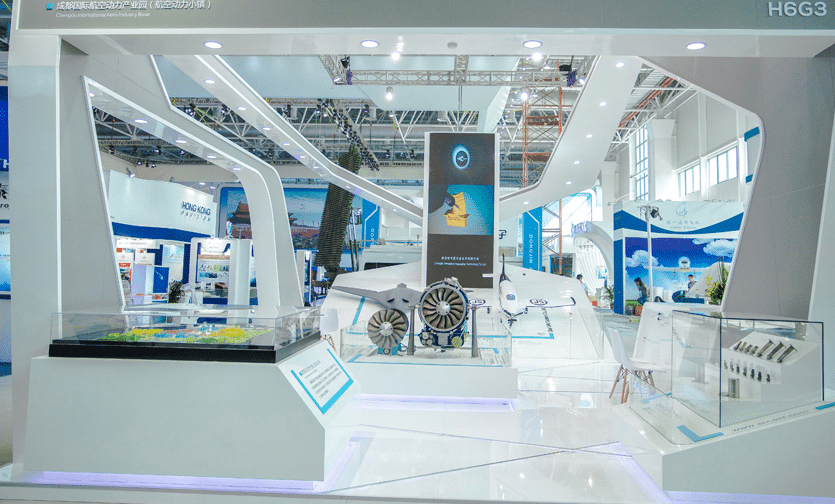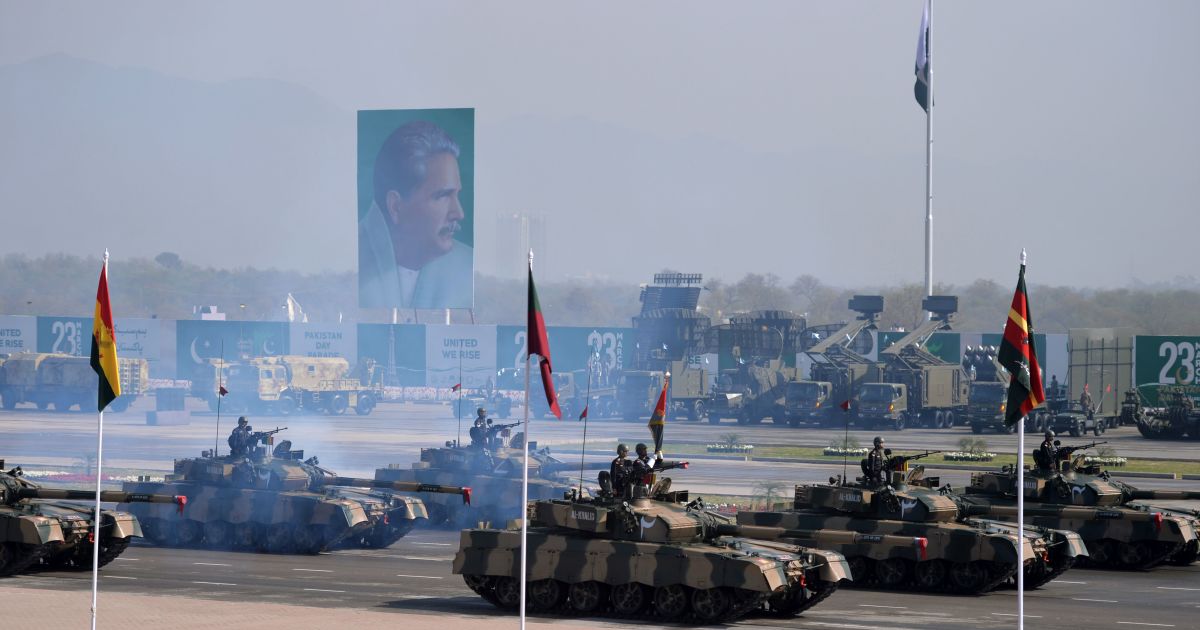2992Views 13Comments

Private Chinese company reportedly capable of producing single-crystal turbine blades for jet engines
State-owned China Central Television (CCTV) reports (via Global Times) that the private Chinese company Chengdu Aerospace Superalloy Technology Co. Ltd. (CAST) can mass-produce single-crystal turbine blades for use on jet engines and rockets.
Chinese analysts view CAST’s progress in this respect as integral to fulfilling the People Liberation Army’s (PLA) burgeoning and increasingly qualitatively driven requirements, such as its push for next-generation combat aircraft, namely the Chengdu J-20, Xian H-20 stealth bomber and the Shenyang FC-31.
Introduced in the late 1980s, single-crystal engine blades are integral components to current and future turbofan engines. These blades are designed to sustain the mechanical loads borne from the significantly high rotational speeds (e.g. 12,000+ rpm) required of them in turbofan engines.
“Mastering the production technology of single-crystal turbine blades and aero engines will offer assured supply to the army and increase our fighter jets’ ability to withstand prolonged battles,” said retired PLA Navy (PLAN) Rear Admiral Xu Guangyu to the Global Times.
Notes & Comments:
The state-owned Aero Engine Corporation of China (AECC) is at the forefront of Chinese turbofan engine research, development and production efforts. However, as recently as this March, AECC’s Chen Xiangbao told the China Daily that the quality of Chinese single-crystal blades (when mass-produced) was “not very satisfactory.” However, Chen noted that the challenge was not insurmountable.
It is not known if CAST’s mass-produced single-crystal turbine blades are at-par with the quality-control requirements set by AECC. If this is not the case, then CAST will be unlikely to provide for China’s domestic military and civil aviation market (as most engines are sourced from AECC, which – if interested in CAST – would subcontract production work to that company).
That said, it would appear that Chinese private sector players are making relatively rapid strides in offering marketable products. Granted, the means vary. For example, the Chinese company Skyrizon has partnered with Ukraine’s Motor Sich to assemble and sell the latter’s various engine designs in China, including the AI-222 turbofan, D-27 propfan, MS-500V turboshaft and others.[1]
Regarding CAST, it should be noted that its parent company is also involved in purifying rhenium, which is an essential rare earth metal for producing single-crystal blades.
[1] Reuben F Johnson. “Airshow China 2016: Ukraine’s Motor Sich to begin licensed production in China.” IHS Jane’s Defence Weekly. 07 November 2016.



13 Comments
by Jigsaw
Major major breakthrough, if true.
by Steve
Very informative article. Especially the link. Thanks Bilal.
by MT
China may have mastered 2nd gen SCB fabrication technology similar to USA nd Russia of early 90s but despite their technology leap in SCB fabrication; engine are suffering due to lack of quality superalloys. Chinese have tried to reverse engineer AL series superalloys with repeated failures being the main reason for Chinese engine to have 50%shelf life as compared to similar russian engine
by Steve
I agree this is huge. It will still be a few years before they sort out quality control and reliability issues. Just in time for Block III. 🙂
by Jigsaw
I think PAF wants to stick to the Russian upgraded engine for block 3. Don’t know how suitable is the rest of the tech in Chinese engines, probably not. But eventually Chinese will achieve near parity to western engines.
by Muhammad A Nasir
Time for some materials research in Pakistan. a 10% spending of defense budget on alloys will set Pakistan for a real chance to enter the industrialized world. I don’t think education in Pakistan is an issue. There is not enough place to employ educated Pakistanis as is.
A focus of pure sciences, etc., is needed so that Pakistan can have a chance in the next 20 to 30 years to be able to work with domestically built materials. We need to look at the German economy and notice that almost all ball bearings, all construction cranes, all fuel injection systems, and almost all alloys as well as carbon fiber is produced in that country.
We seek glamour and end up buying finished products. Almost everything that is made in Pakistan is assembled, or uses critical parts which are made elsewhere. It is time that a little portion of our defense spending is used on basic materials, alloys, and materials research. That is where the big bucks are.
by Steve
There has been no news on RD-33MK. There was a news item that JF-17 was flying in China with WS-13 a while ago but nothing since. RD-33MK has FADEC and is smokeless, though on paper the thrust is same as WS-13E. More mature engine though and would be great if PAF managed to get it for the entire run of Block III. We did buy a lot of engines and don’t know if there are enough for a run after Block II. As always PAF keep everything under wraps until inducted and deployed.
by Steve
There is a lot of complex industrial and engineering infrastructure involved in materials research and that will have to be bought from abroad, as we cannot reinvent the wheel. It will take too long..to start to learn how to build vacuum chambers before building crystal blades inside those chambers for instance. Industrial countries have a culture of this and have had 100 years of manufacturing experience with incremental improvements. It can be done quickly, as China is showing, but needs a lot of money and outside injection of technology and infrastructure. Education generally and engineering education especially needs an improvement in QUALITY similar to developed countries, which is also not easy. No point in producing hundreds of substandard PhD’s, with a knowledge base less than graduates from Western universities. Most of all an honest commitment from an efficient sincere government, and not just corrupt bas…ds looking to enrich their families, and live like kings surrounded by an ocean of poverty. The last bit is the most difficult hurdle for Pakistan.
by Elvis
Correct. That is the good news for us and our allies. The bad news is that China is rapidly narrowing the technological gap in many fields (including the various potentially “disruptive” technologies we are counting on for the so-called third offset). Therefore that means that the inherent advantages has in its backyard due to the “tyranny of distance” will only grow larger.
by Elvis
Congratulations in order for China. I’ve always known that China would sooner or later resolve that issue. We can’t sit on our laurels here in the United States, because the Chinese are closing in on us fast and some areas may have taken the lead.
by Stan
They have come up with rhenium nickel alloy crystal ,same one that is used in F22 the new WS-10 engine can supercruise at Mach 1.2 without after burners ,don’t underestimate the Chinese
by MT
It is reported that T-800 material is embargoed by Japan, America and Europe toward China, and is widely used in fields like aerospace, aviation, high-speed rail, etc. Japanese media once reported that Japanese police arrested personnel who exported high-level aviation materials to China.
It is speculated that if the 1,000 tons of T-800 carbon fiber is all used for J-20 stealth fighters, it can satisfy as many as 200 J-20 fighters and other fighters.
by Stan
I was talking about the engine alloys not the carbon fiber,the problem with the Chinese have been there over dependence on Russians for there engines including the one for J-20